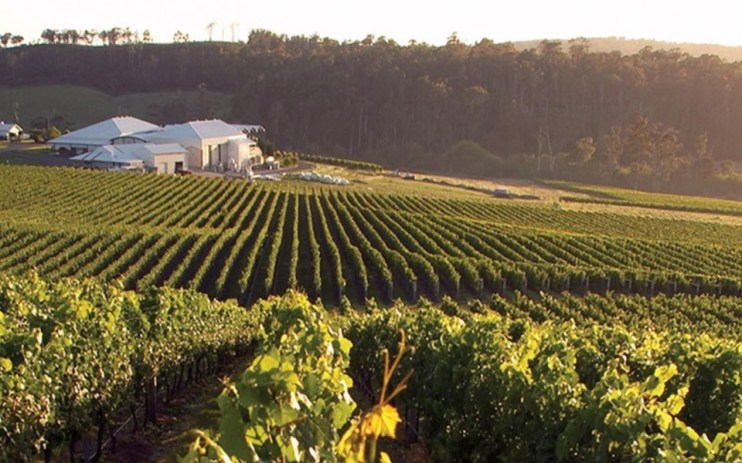Drinking around the world: Tasmania is a winemaker to watch

You have probably never considered stocking up on wine from either Swansea or St Helens. Both are on Tasmania’s Great Eastern Wine Trail, one of four in Australia’s island state.
Tassie, the “Apple Isle”, is also home to the Tamar Valley wine road, the East Coast route and the Cradle Coast region, which boasts Ghost Rock, one of the premium Tasmanian wines featured in The Vinorium’s £178.95 “Discover Tasmania” wine case.
The Vinorium, based in Lenham in Kent, was originally formed as the retail division of Z&B Vintners, a Bordeaux specialist. In 2017, it started importing directly from wine producers Down Under and has become the UK’s leading Australian wine specialist.
“Without question, Tasmanian wines have been one of the greatest discoveries for us over the past few years,” says founder and director Stuart McCloskey. “Some of the greatest Chardonnay and Pinot Noir we have ever tasted come from this tiny island. We will admit that our fascination with Tasmania is bordering on obsession, but for very good reasons and with the region being in such infancy, it is incredibly exciting to imagine how it will continue to develop.”
Tasmania was one of the earliest regions in Australia to be planted with vines and is the source of cuttings for Victoria and South Australia’s vineyards. Tasmania’s first recorded vineyard was planted in 1823 and Australia’s first sparkling wine was made there in 1826.
The winds off the Indian Ocean, the Bass Strait (which separates Tasmania from mainland Australia) and Tasman Sea mean screens are put up around some vines to protect them. Global warming has caused the grapes to ripen progressively earlier, which has meant most recent vintages have been successful and led to increased red wine production, with the Freycinet Peninsula building a healthy reputation.
Despite being better known for its whisky, Tasmania now has over 200 vineyards, producing some great Rieslings, such as Coal River Valley’s Shy Susan and Bay of Fires’ Eddystone, while Anon, Dalrymple and Ed Carr’s House of Arras all make top quality Pinot Noirs.
“Lovely nose – elegant, but not shy,” says junior buyer Magdalena Sienkiewicz of the “Discover Tasmania” collection’s Ghost Rock Catherine Cuvee. “It has potential to age however, I will personally struggle to find enough patience as it is utterly delicious in its current form. Mouth-watering and simply brilliant.”
She is equally impressed with Bob and Rita Richter’s Grey Sands winery near Launceston, which is known for its Malbec and Pinot Blanc. Time to grab yourself a Tazzie six-pack.
For more information go to The Vinorium’s website here.